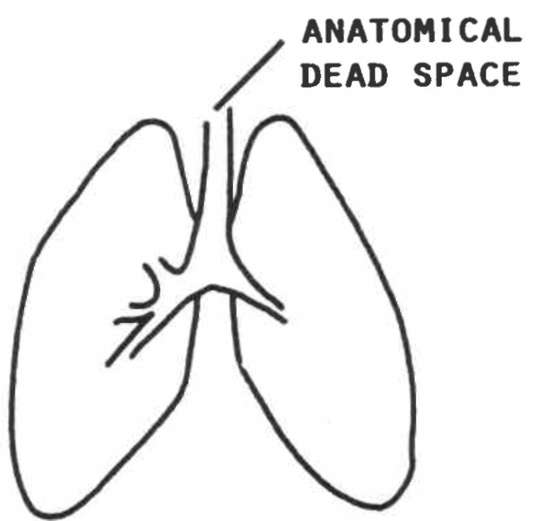
So what types of conditions will cause a VQ mismatch in the form of a shunt? This means that there is adequate ventilation but inadequate perfusion – otherwise known as dead space.Hypoxemia will occur if there is a problem with a fresh blood supply moving past the alveoli within the pulmonary vasculature in the lungs.This means that there is inadequate ventilation but adequate perfusion – otherwise known as a shunt.


Therefore, it is important to have adequate perfusion through the pulmonary vasculature to ensure there is a fresh blood supply passing the alveoli within the lungs to allow this to happen. Before the VQ Mismatch, There Was a VQ Matchįor normal gas exchange to occur, oxygen within the lungs has to move into the bloodstream and carbon dioxide within the bloodstream has to move into the lungs. The difference in pathophysiology between a shunt and dead space is essentially why oxygen therapy works wonders in some patients but has a minimal effect on others. But how hypoxemia reacts to oxygen therapy is different based on whether the patient has a shunt or dead space the two problems associated with a VQ mismatch. The management for hypoxemia seems easy enough provide oxygen therapy as quick band-aid therapy to counteract the problem.

Hypoxemia is an abnormally low concentration of oxygen in the blood which can lead to dire consequences when left untreated.


 0 kommentar(er)
0 kommentar(er)
